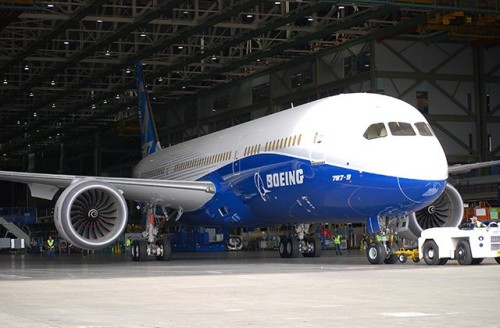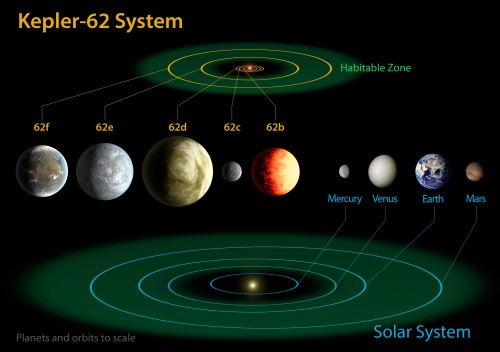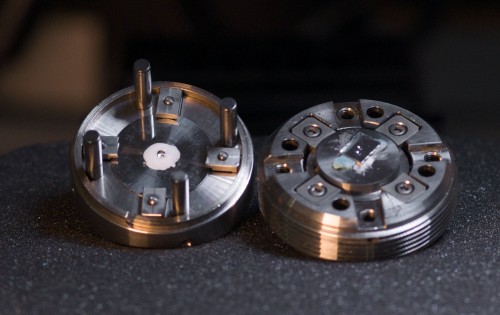Posts by: Ian Randall
Shorter queues for taxiing planes?

Spinning around: The air flow from the wing of a plane, made visible by using coloured smoke. (Courtesy: NASA)
By Ian Randall
If you’re as impatient as I am, the worst part about flying off for your summer vacation is the interminable hold-up that sometimes occurs right before take-off – waiting for the plane to taxi onto the runway and desperately hoping the in-flight entertainment will kick off soon. But these annoying delays may soon be cut down thanks to Georgios Vatistas and colleagues at Concordia University in Montreal. The team has developed a new mathematical airflow model to help refine the safe separation distances needed between planes during take-off and landing.
As an aeroplane moves along, the lift-generating difference in pressure between the top and bottom surfaces of its wings causes air to flow out from beneath each wing and up around the wing tip. This creates a circular vortex pattern behind each tip (pictured above), with a downwash in-between – forming a turbulent wake that can be hazardous to any craft that passes through it. If large enough, this turbulence can roll the next aircraft, faster than they can resist – leading to a crash.
View all posts by this author | View this author's profile
Self-powered camera can take selfies forever

Say cheese: is this self-powered camera the future of photography? (Courtesy: Computer Vision Laboratory, Columbia Engineering)
By Ian Randall
With a smartphone in every pocket and remotely operated cameras on every street corner, digital cameras are a ubiquitous part of life. Last year alone an estimated two billion cameras of various sorts were sold worldwide – with such sales likely to increase. While personal cameras are easily recharged, many new remote applications require smaller and longer-lasting power supplies.
But what if your camera could self-power while you take selfies? This is the idea put forward by Shree Nayar and his colleagues at Columbia University in New York City, who have created the first ever completely self-powered video camera.
View all posts by this author | View this author's profile
Meet the engineers who talk to aeroplanes

Fancy a chat with this Boeing 787 Dreamliner? (Courtesy: Boeing)
By Ian Randall
For most people, it’s considered rather eccentric to talk to inanimate objects – and if the objects seem to be talking back, then it’s probably time to seek medical advice! Not, however, for Alex Ng and his colleagues at the University of Adelaide in Australia, who are working on a way to “chat” to buildings, bridges, aeroplanes and other structures, so they can report back on their structural health.
View all posts by this author | View this author's profile
Extending the ‘Goldilocks’ zone

A comparison of the inner planets of our solar system, within the habitable zone, to Kepler-62 – a five-planet system about 1200 light-years from Earth. (Courtesy: NASA/Ames/JPL-Caltech)
By Ian Randall
In the modish hunt for exoplanets, the holy grail is discovering such a body within the habitable zone of a star – offering a tantalizing potential for extraterrestrial life. If our solar system is anything to go by, we can expect most planets to form outside of the confines of this zone. What if, however, the habitable zone is really larger than we thought?
This is the idea put forward by Sean McMahon from the University of Aberdeen, Scotland, and colleagues in a recent paper – proposing that the existing definition of the habitable zone overlooks the potential for life to survive below the surface of terrestrial planets that currently lie outside the zone’s reach.
View all posts by this author | View this author's profile
Scientists recreate pressures and temperatures found deep within the Earth

An opened diamond anvil cell. The diamond is visible at the centre of the left disc.
(Courtesy: ESRF/Blascha Faust)
By Ian Randall in New Zealand
We owe our existence to the liquid nature of the Earth’s outer core. Without its internal convection our planet would have no magnetic field to shield us and solar winds would rip away most of our atmosphere. Indeed, this is probably what happened to our neighbour Mars. Despite its importance, however, we don’t know that much about conditions within the core. This is why a recent high-pressure experiment is so important.
View all posts by this author | View this author's profile